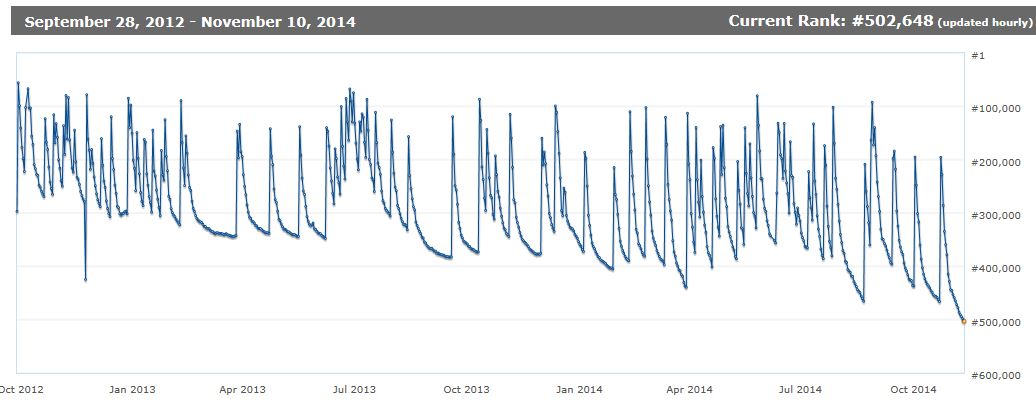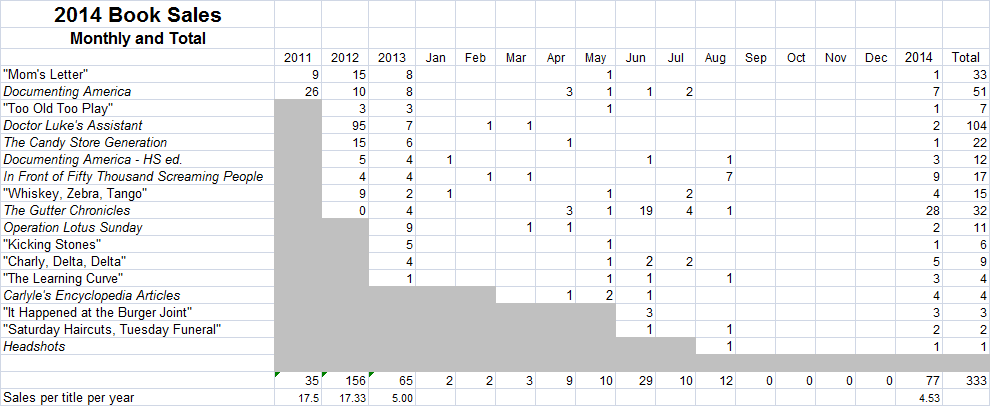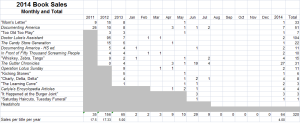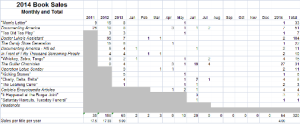I rarely read the posts at The Kill Zone blog, but went to one today, by James Scott Bell. I met him in 2004 at the Write to Publish conference in Wheaton, Il, though I haven’t seen him since or corresponded with him. The gist of his post was: Yes, sales for self-published authors seem to have hit a wall, or even dropped; but, no, we can’t be sure this is due to the launch of Kindle Unlimited or saturation in the marketplace.
His post is good, though not necessarily convincing. He might be right that KU had nothing to do with the widely-reported, sudden, dramatic drop in self-publishing sales exactly corresponding with the launch of KU. Or he might be wrong. Publisher Mark Coker from Smashwords disagrees. Jim’s post is uplifting, encouraging self-publishers to power on through this, keep writing, keep publishing, don’t give up, don’t be discouraged, work for the long-tail effects of e-books.
I appreciate those sentiments. However, in the comments, I see this posted:
If someone even considers quitting, it’s time to hang it up. Your heart isn’t really in it for the long haul.
This hit me square in the face. If you are ever discouraged to the point of considering quitting, you don’t have what it takes to be a success. In response to her, Bell agrees:
Thanks, [XXXXX]. You’re right. The heart has to be on fire for writing because the publishing world can get awfully cold.
Based on these two, I don’t have what it takes, because I am often discouraged about writing. I don’t know, but that sounds like an awfully elitist attitude to me. I’m frequently discouraged and consider quitting, wondering if the little bit of precious time I spend on writing could be better spent elsewhere. So since I’ve considered quitting, it’s time for me to hang it up?
I know I have a couple of writers who read this. What about it? Do you agree? If you even consider quitting, is it a sign that you should hang it up? Or do you agree that this is an elitist attitude?




